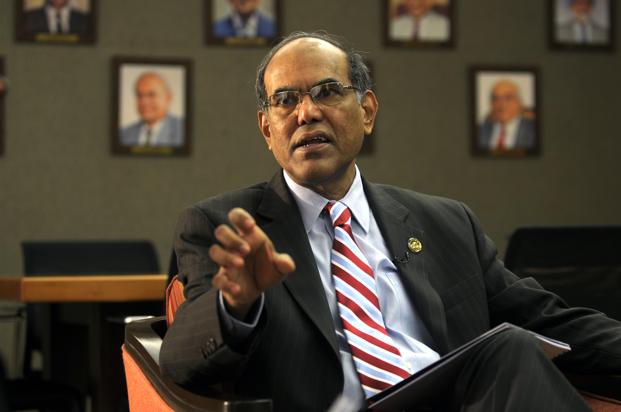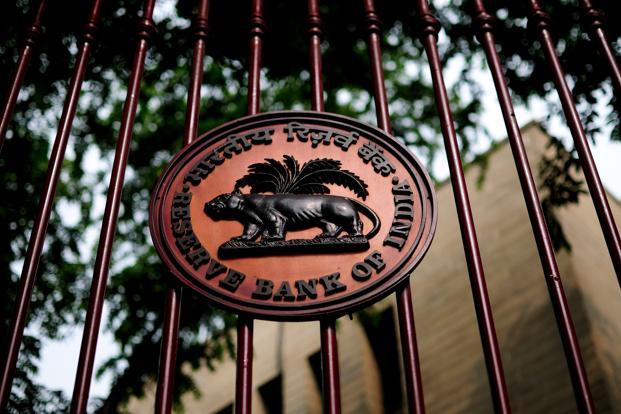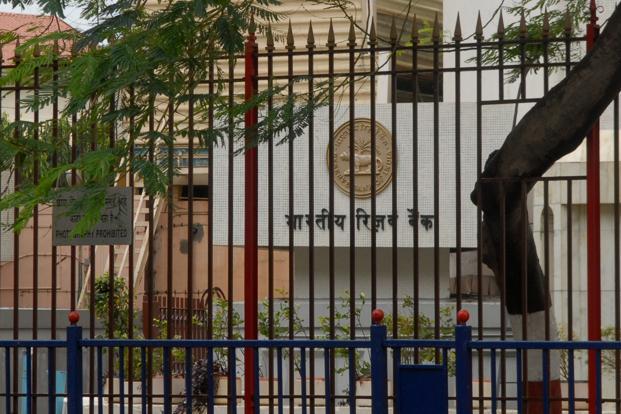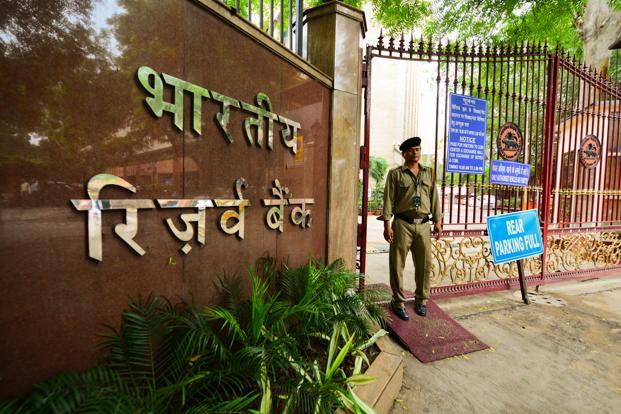Every bond dealer and his dog expects the Reserve Bank of India (RBI) to cut its policy rate when it announces the quarterly review of monetary policy on Tuesday. But they aren’t sure about the quantum of the cut. Will the Indian central bank opt for a deep, half-a-percentage-point cut in its policy rate? Or will it confine itself to a token quarter-percentage-point cut?
Also, in the backdrop of the trillion-rupee cash deficit in the banking system, will the RBI combine the rate cut with a cut in the cash reserve ratio (CRR) too? CRR refers to the portion of deposits that commercial banks need to keep with the central bank on which they do not earn any interest.
RBI previously cut its repo rate in April 2012—by half a percentage point to 8%, its first cut after 13 rate hikes spread over three years. It has cut CRR twice, by a quarter percentage point each time, this fiscal year, and the ratio now stands at 4.25%, its lowest since December 1974. Commercial banks borrow short-term money from RBI to meet temporary asset-liability mismatches at the repo rate and park their excess money with the central bank at the reverse repo rate, currently at 7%. In a tight-liquidity situation, the repo rate acts as the policy rate.
I would like to believe that RBI governor D. Subbarao, seven months away from laying down his office, will signal the beginning of a rate cut cycle by announcing a quarter-percentage-point cut in the policy rate to support growth in Asia’s third-largest economy, with inflation pressures ebbing. But, this is unlikely to goad banks to cut their loan and deposit rates.
If RBI wants banks to respond to its signal, it should go for a half-percentage-point cut now or at least combine a quarter-percentage-point rate cut with an identical cut in CRR. But RBI may not do it now; it may instead wait for the national budget to be announced on 28 February and, once it is convinced about the government’s intention to rein in the fiscal deficit, effect another round of rate and CRR cuts in its next policy.
With the fiscal year-end two months away, banks are unlikely to tweak their loan and deposit rates now, unless the signal from the central bank is very strong. They will also wait for the next round and slash their deposit and loan rates in the next fiscal year, beginning April. Subbarao, however, needs to address the liquidity tightness in the system, if not by a cut in CRR then through other means, including buying bonds from the market under its so-called open market operations (OMO), something it has been doing through the year.
Easing inflation
To RBI’s relief and the market’s surprise, wholesale inflation has been easing in the past few months. In fact, in December, it dropped to a 36-month low of 7.18% from the year-ago period, much lower than the market’s 7.37% expectation, and down from November’s 7.24%. What’s more, the provisional October wholesale inflation figure was revised 13 basis points (bps) lower to 7.32%. One basis point is one-hundredth of a percentage point. Traditionally, the provisional figures are revised upward. At this point, the average inflation in the third quarter of fiscal year is 7.25%, lower than the 7.9% in the second quarter.
Retail inflation, however, is a different story. After a two-month gap, it was back into double digits in December, at 10.56%. Average retail inflation in the December quarter was 10.7%, higher than the 9.88% in the preceding second quarter. But, instead of worrying too much about this, one should take heart from the fact that the so-called core inflation—or the non-food, non-oil, manufacturing inflation—in December dropped to 4.19%, its lowest since March 2010. In fact, core inflation has stayed below 5% for two consecutive months.
Indeed, inflation will rise in the next fiscal year once the full impact of the phased diesel price deregulation is felt, but this to some extent will get neutralized by the increase in the supply of subsidized cooking gas cylinders. It’s difficult to chart the inflation trajectory for the next fiscal year as a lot will depend on the stance of the February budget on subsidies and fiscal corrections, but one can presume that wholesale inflation will be around 7% or even marginally lower by March, lower than RBI’s projection of 7.5%.
The finance ministry, in its mid-year review, lowered its growth projection to 5.7-5.9% from 7.6%, largely in line with the central bank’s estimate. In the first half of the current fiscal year, India’s gross domestic product (GDP) grew at 5.4%.
Economists have started saying that growth has bottomed out. Factory output grew at 8.5% in October, riding the festival demand, but contracted by 0.1% in November, taking the average industrial production growth in the first eight months of this fiscal year to 1.075%, much lower than the 3.95% growth in the comparable period of the previous year. Capital goods production, which grew 7.5% in October after 13 months of decline, dropped 7.7% again in November, in sync with its past volatility. Overall, the capital goods output contracted in the April-November period by 11.1%. Yet another lead indicator—the purchasing managers’ index (PMI)—rose to 54.7% in December, the highest since June, signalling a pick-up in industrial activities, but this should not discourage RBI from cutting its policy rate.
Liquidity conundrum
While deciding on a rate cut is relatively easy at this juncture, Subbarao may find it difficult to take a call on a cut in CRR. And one can’t blame him for this as the liquidity tightness is not the creation of the central bank; the government is the villain. How? The government has a surplus of Rs.90,000 crore kept with RBI. This corpus is outside the system and is unlikely to come back fast as the government doesn’t want to spend and increase the fiscal deficit.
Unless the government spends, this money will not flow into the system and the cash deficit will continue. Over the past two weeks, the liquidity deficit in the system has been around Rs.1.05 trillion—the combination of the amount banks have been borrowing from RBI’s repo window and through various refinance facilities. This is higher than what the central bank is comfortable with and the liquidity deficit in the system will intensify with sluggish deposit growth (11.10% year-on-year till December), a likely pick-up in credit growth (15.10%) towards the end of the year, and advance tax outgo in mid-March. Indian corporations pay tax on their estimated profits in every quarter.
Apart from tardy deposit growth and the lack of government spending, another contributing factor to the cash deficit in the system is RBI’s dollar sales to stabilize the local currency. The rupee, which hit its lifetime low of 57.16 to a dollar in June, is currently trading in the 53.70-80 range after a series of steps by the central bank to increase the flow of foreign money and dollar sales. Since April, RBI has sold—net of buying—a little more than $3 billion in the spot market and another $13.5 billion in the forward market. For every dollar it sells, an equivalent amount of rupee is drained from the system. Of course, this is more than neutralized by its OMOs, through which RBI has infused close to Rs.1.29 trillion by buying bonds from the market.
What are the options before RBI to increase liquidity in the system? The first option is, of course, a cut in CRR. A quarter-percentage-point cut in CRR will infuse about Rs.16,500 crore. Besides, if RBI buys dollars from the market, it can generate rupee liquidity. With the local currency recovering around 6.5% from its lifetime low and India’s current account deficit widening, many analysts feel that the local currency has no business staying at the current level; it must depreciate against the dollar and that can happen faster if RBI buys dollars from the market. But that’s unlikely to happen.
If RBI does not go for a CRR cut, it has to continue with its bond-buying programme more aggressively. Lowering the floor for commercial banks’ investment in government bonds, or the so-called statutory liquidity ratio (SLR), will not help as banks have already invested much more than what they are required to—23% of their deposits. But an option could be the government buying back bonds from the market. It has so far borrowed Rs.5.22 trillion from the market and, going by the borrowing calendar, it will raise another Rs.48,000 crore before the fiscal year ends. It is also borrowing through short-term treasury bills.
Since the government is not spending—and doesn’t want to spend for fear of the ballooning fiscal deficit—it can either cancel the residual borrowing plan or buy back bonds from the market, particularly those that are due for redemption next year. Government bonds worth Rs.95,000 crore are due for redemption in fiscal 2014 and around Rs.50,000 of that in the first half of the year. By buying back these bonds, the government will simply advance their redemption.
In 2003, the Indian government had conducted a bond buyback programme, the first of its kind, but that was different in nature. The government had bought back certain illiquid securities from the market and replaced them with liquid securities. That helped banks’ treasury management but did not have any impact on the systemic liquidity. A buyback of bonds or a cancellation of the residual borrowing plan will certainly help the liquidity situation, but the government will have to take that call, not the central bank. If the government does not do so, RBI has very little choice but to cut CRR or aggressively buy bonds from the market.



